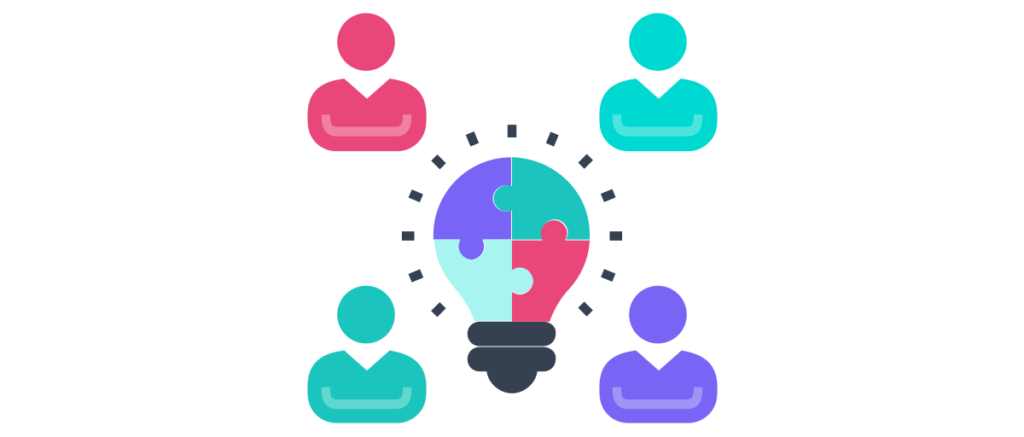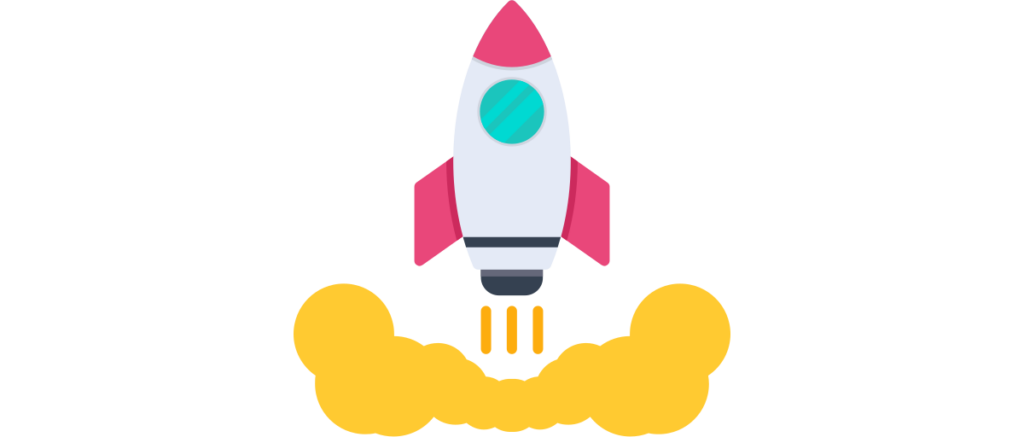Serious game development in 6 steps
Resources
A serious game, or an applied game, is a game that is developed for a serious purpose. Rather than being purely for entertainment, a serious game typically has an educational or training outcome at the heart of its development. A simulated digital environment, coupled with engaging game mechanics, makes for a low stakes playing field in which to experiment with ideas, concepts and skills, and learn through repeatability and immersion.
Over the course of this article, we’ll run you through the process of designing a serious game from scratch. From client research, to designing game mechanics, to the development phases and the release, in order to give a more thorough picture of what goes into designing serious games.
The 6 steps
If you’re a business or organisation looking to utilise serious games, or even programmes of serious game training, this article can be considered a starting point when strategising how you will incorporate them into your operations.
If any of the steps look daunting, know that as a serious games agency, Drimify have numerous game engines already built and available for customisation in our catalogue, alongside formats that can use multiple game engines to build longer, multi-level playable experiences, or even massive open online courses (MOOCs). This gives businesses the tools to easily create serious games without the need for coding knowledge, or experience in game design.
1. Brainstorming to defining a concept

From a game designer’s perspective, the first stage is always research. Designers need to familiarise themselves with the client’s business and their objectives. At Drimify, off the back of that research, we would prepare a list of follow up questions to ask the client before a kick-off meeting – essentially an opportunity for us to get to know them, and then we can collaborate in a brainstorming session. This is where we can gather as much input as possible from the client – essentially the game commissioner, or the entity whose serious purpose the game is being built to serve. We ask them for their goals and objectives, and look for as much detail as possible. From how it slots into the big picture long-term, down to how it can impact their short to medium-term KPIs.
There are really no wrong answers at this early stage. We encourage the client to suggest as many ideas as possible, and we make a note of them without criticism. These can be original ideas, or even ideas used by other businesses which could be repurposed in a different way for their own ends. This is the dream big stage. No limitations. What do you want to achieve and what’s your vision? What knowledge are we looking to teach? What skills are we developing? What story are we telling? As a business looking to customise their own serious games the key takeaway here is to have clearly defined goals, and have internal discussions so you have as many ideas as possible. As a serious games agency, it’s our job to translate those ideas into playable, effective experiences that can help you reach those goals.
This is followed by refinement, prioritisation, and finalisation. We evaluate the client’s ideas and ask clarifying questions, and prioritise the best concepts based on their relevance to the goals. Then, in collaboration with the client, we would make a decision on the top concept, and refine it further. This final stage of step 1 is to ensure that everyone is on the same page regarding the product and its purpose, and outline the next steps and a timeline, so expectations are managed and everyone is accountable.
2. Define the game’s graphic style
This is where we study the client’s brand, target audience, and their competitors. When we design a game for a business, we need to understand their style, as well as industry trends and standards, so we can make an end product that’s both appealing and appropriate for the end user. This informs a moodboard: a collage of images, colours, and styles that fit the project’s targeted tone and style.
We’ll also review the brand’s existing style guidelines, or what they’ve done before, to use as a reference point. This all ends with a brainstorming session with the design team to generate ideas and ultimately settle on the game’s graphic style.
3. Design the game mechanics and the storyline

Here we’re really thinking about the user experience (UX). How are the end users going to interact with the product? Does the story or flow of interactivity work for the desired outcome? Serious games can be customised or built for a number of different purposes. If you’re designing a serious game to promote tourism, for example, you’re catering for a very different end user than if you were creating a training course for some of your employees. The tourists are going to have less attention to exert than your employees – they’re at leisure, so the difficulty and challenge level needs to reflect that, and you’ll need to make the game brighter and friendlier to compete for their recreation time. Conversely, if you’re using a serious game for corporate training, the level of challenge or difficulty needs to reflect your outcome. The odds are you’re simulating something challenging that, if your people were learning on the job, and made an error, might cause your company problems.
This is where we would wireframe a user experience and essentially create a proof of concept. We would draw mockups of how the start screen would look, and show how clicking button X would lead to screen Y. This not only allows everyone to visualise what the end result would look like, but also serves as an opportunity to troubleshoot potential issues or stumbling blocks before the development phases. This is also where we can test how the graphic style looks when applied to the game format.
Finally, we would present the prototype to the client for feedback, and go through any necessary rounds of revisions. Then we can finalise the graphic style, and document it in a style guide for any future projects. This will allow us to create a visually consistent end-user experience that reflects their brand.
4. The development phases

The development phase is where a game creation platform like Drimify pays dividends, as the intuitive interface of the dashboard makes game creation simple and fast. In broad terms, taking it from scratch, we would begin by discussing the different technologies available, and talk the client through choosing the right options to best serve their goals within their budget. Once decisions have been made, we would create a project plan to outline the timeline, budget, and resources for the technical development phase.
Then we would design the technical architecture, and go on to create a working prototype of the project for testing and evaluation. If the prototype is performing as desired, we move on to writing clean and maintainable code that adheres to industry standards, then test and evaluate that in turn, identifying and fixing bugs, and checking that any adjustments don’t compromise the functionality achieved at initial testing. .
The final stage of the development phase is integration. Any third party application programming interfaces (APIs) necessary for the project can be integrated, and tested to check they’re functional.
5. Release
… but it’s obviously not quite as simple as that.
The release stage begins with the code being put into a development or staging environment for more testing and validation. Serious games are rolled out to numerous end users, so the more robust the end result is, the better it can perform, and the more effective it will be at fulfilling its purpose and helping you – the client – reach your goals. The code is then continuously reiterated and refined based on feedback from stakeholders and end users, until it’s ready to be documented for future reference, maintenance, and development.
Finally, after thorough testing and approval, the code can be released to a production environment. At this stage, it’s ready for live use.
6. Game launch and marketing

Once the game is working, the final thing to do is to plan the game’s launch. This might be a marketing campaign if it was being used for recruitment purposes or to engage the public, or it might be an internal communications campaign or strategy if it’s a game to be implemented in staff training or onboarding.
As gamification experts, we have the experience and expertise to take serious game projects all the way from A to Z. We have the platform that allows any user to easily create games in minutes, and the agency services to provide clients with as much or as little support as they require – from design and planning, to promotion to ultimately getting the best return on investment from the final product.
Want to know more?





